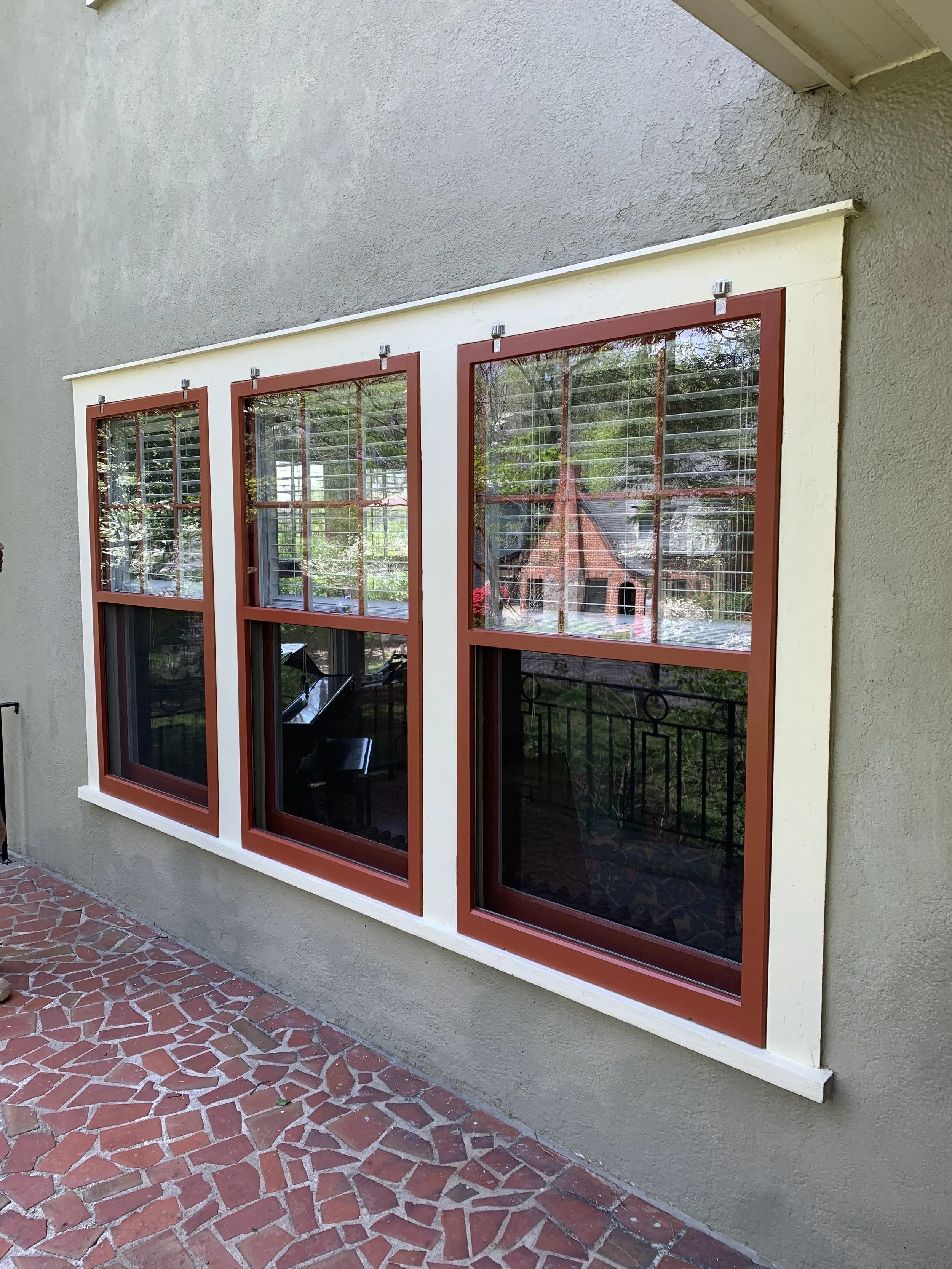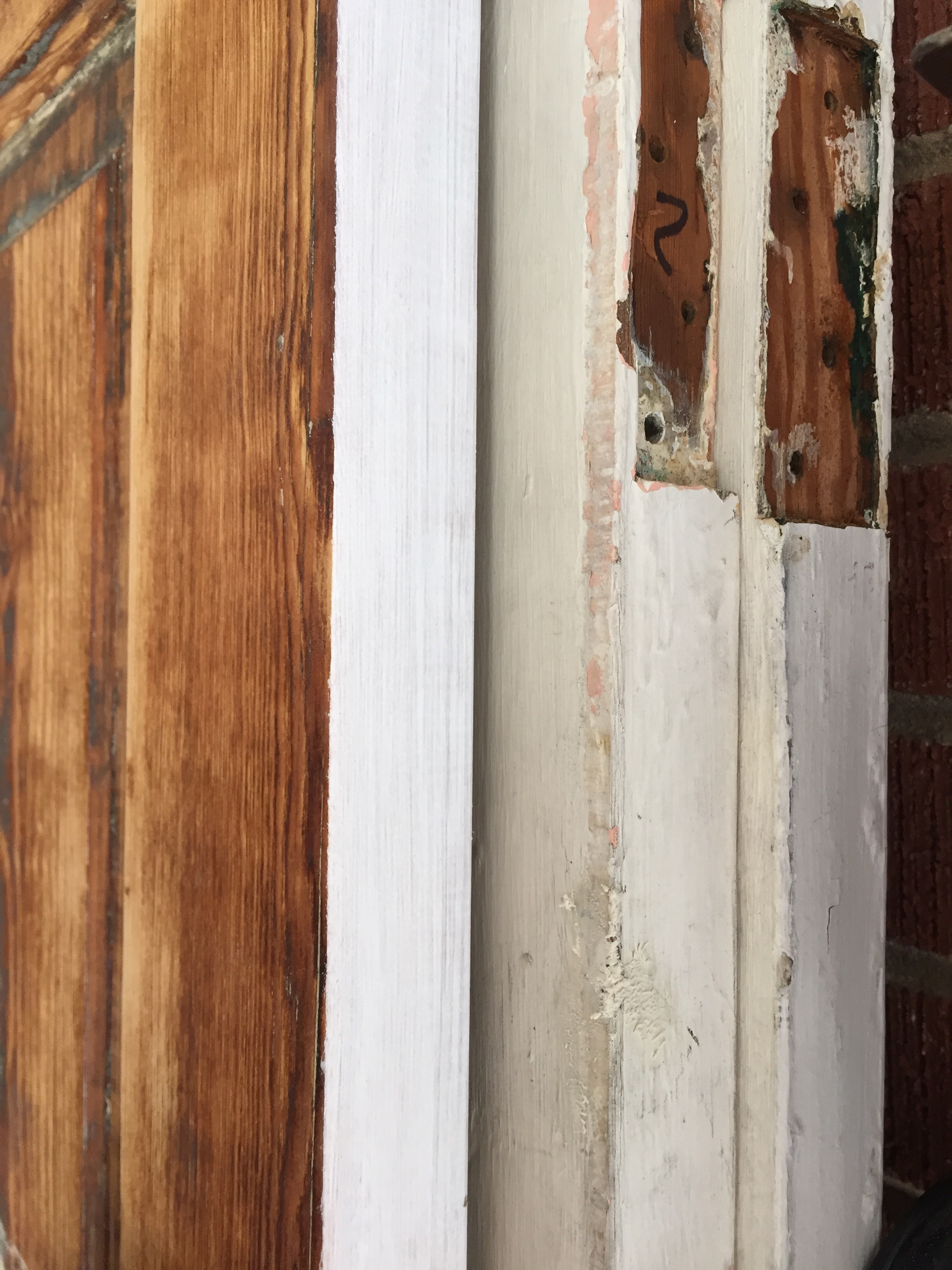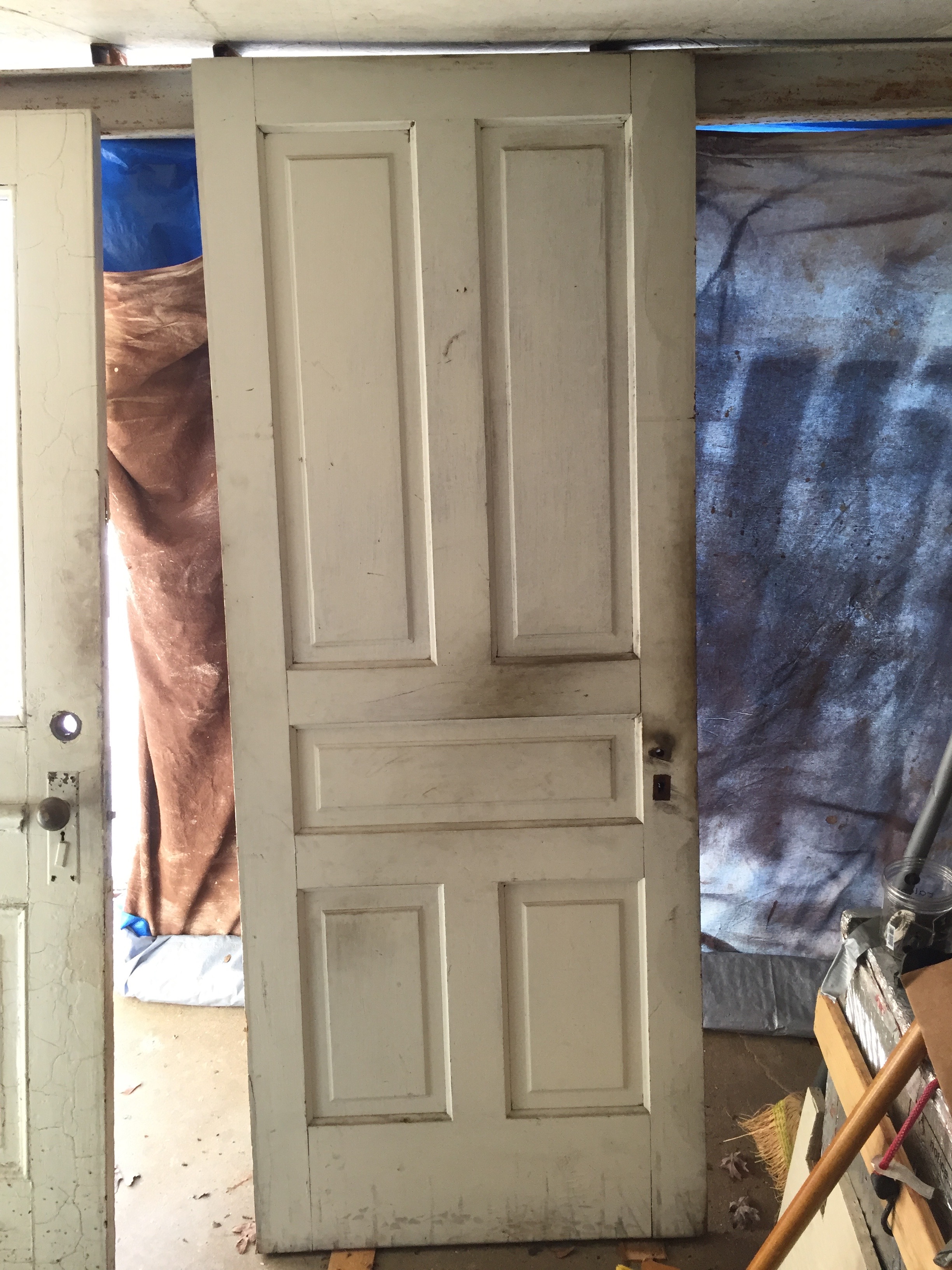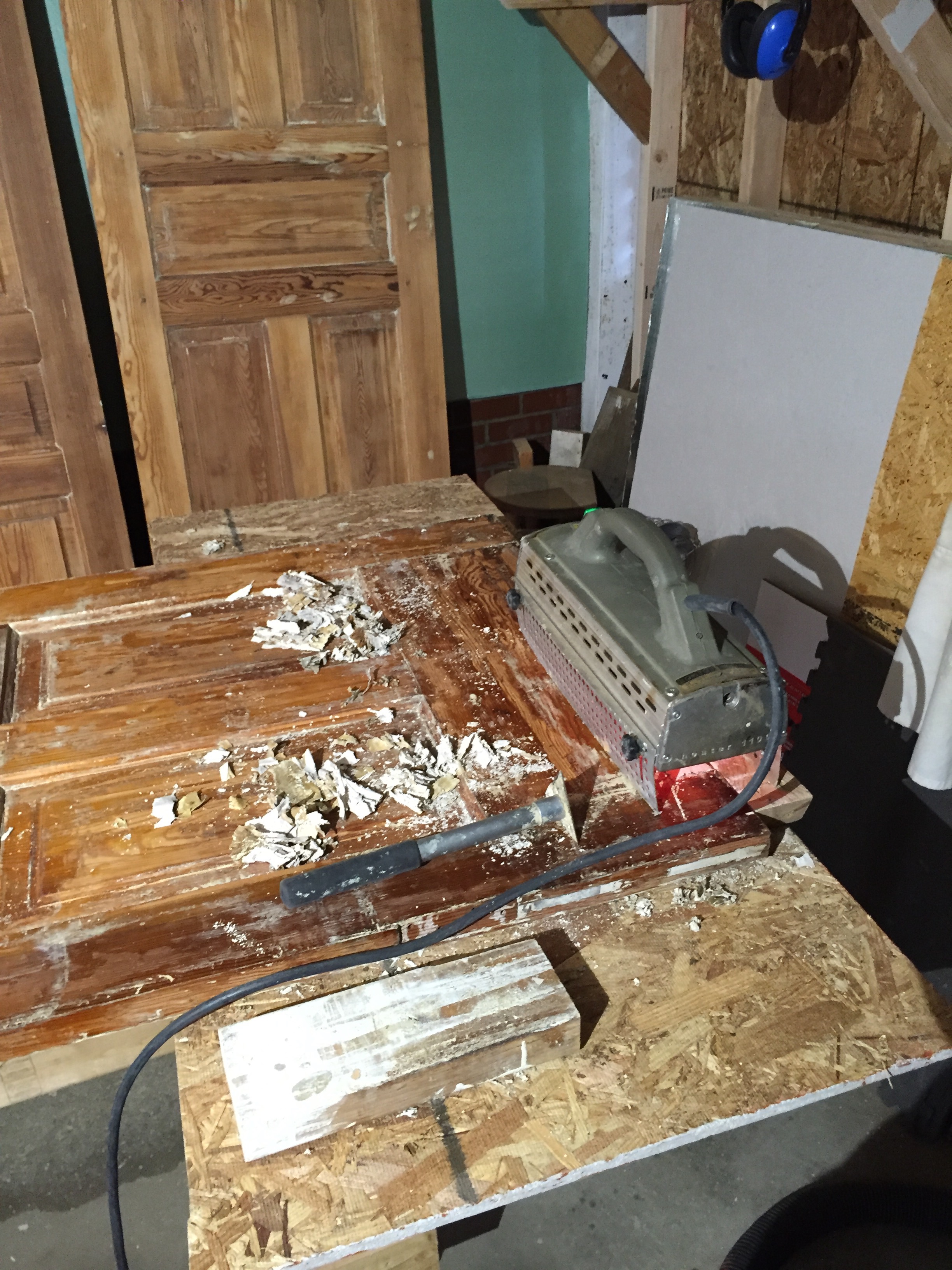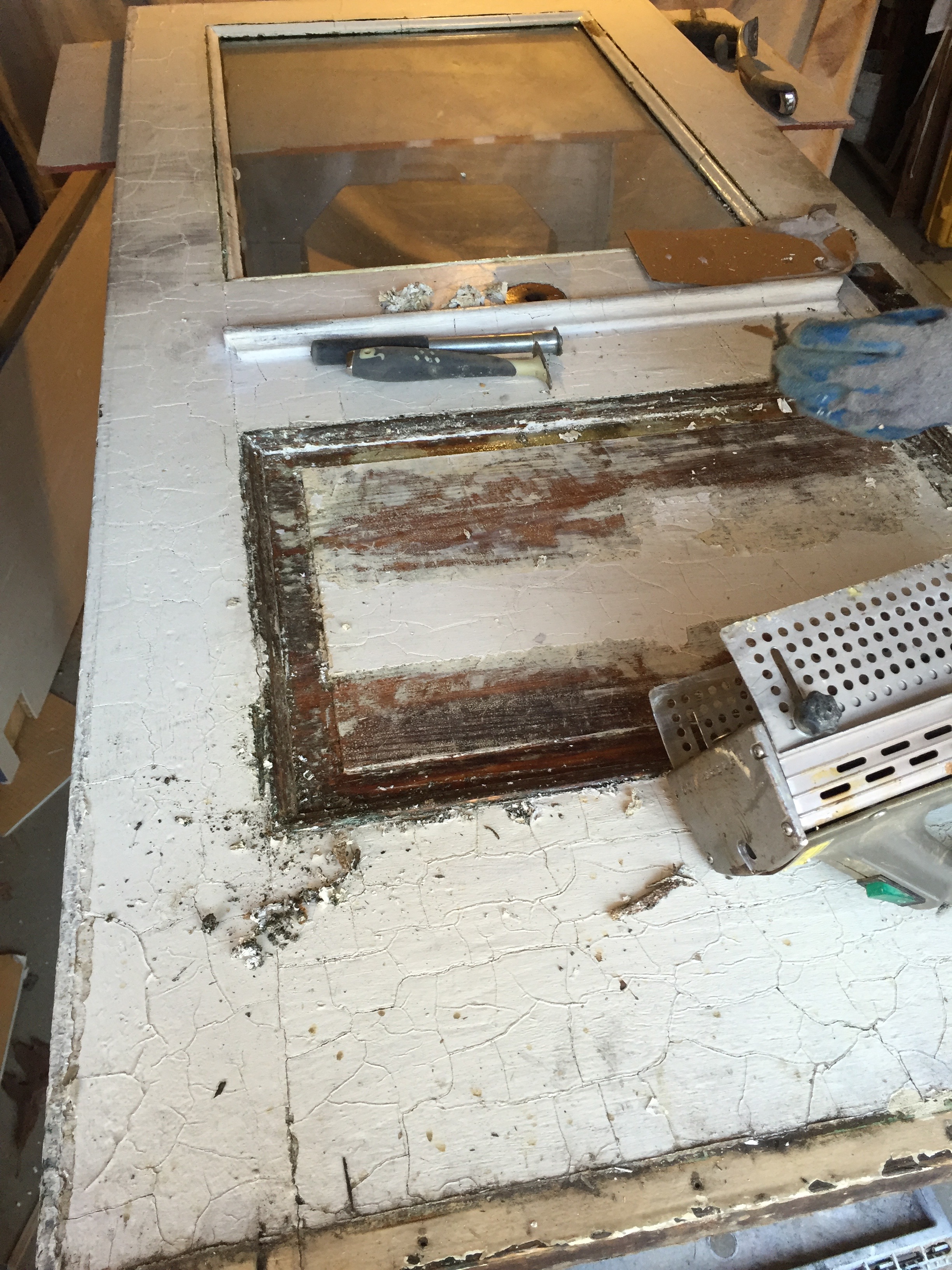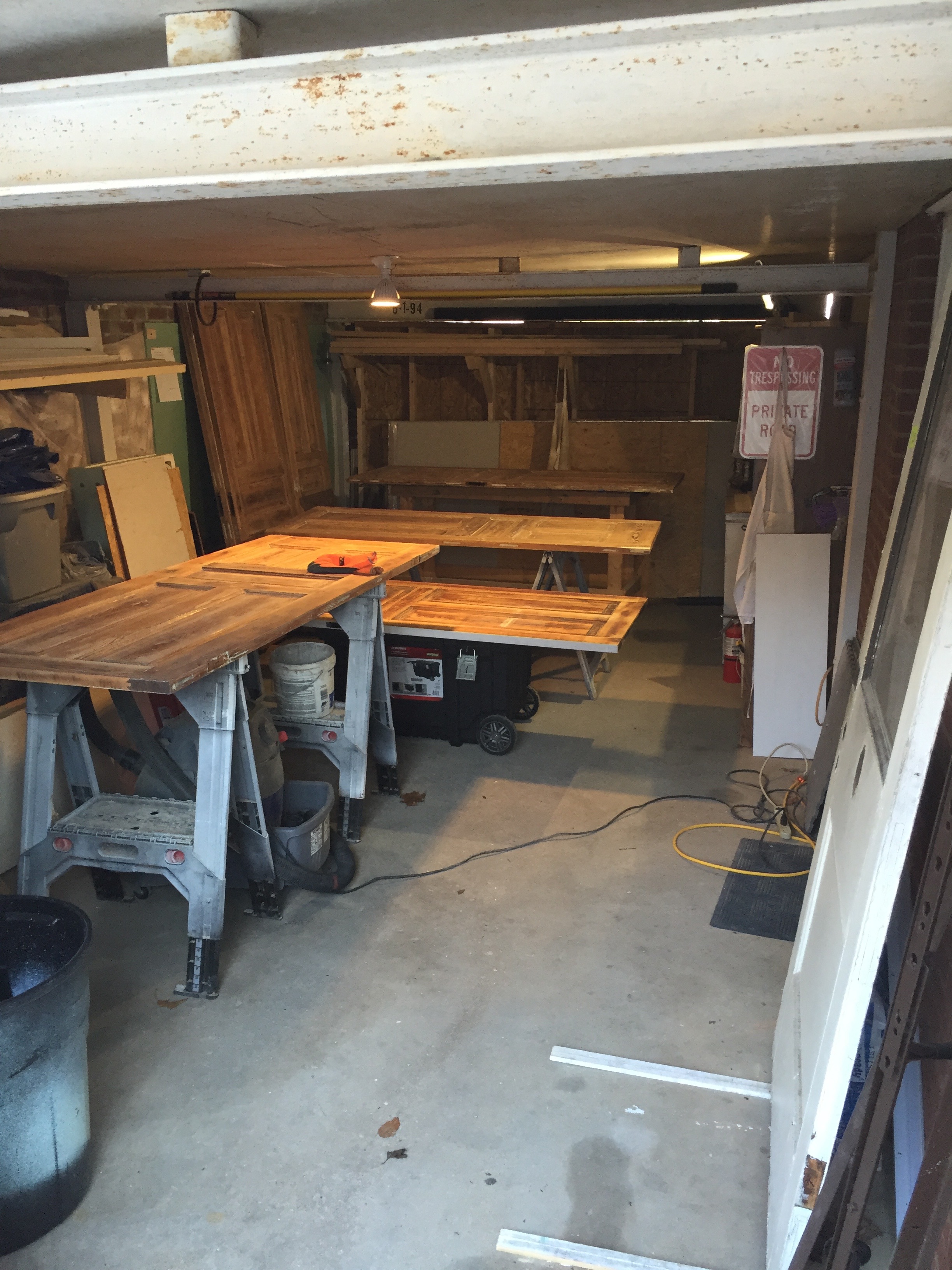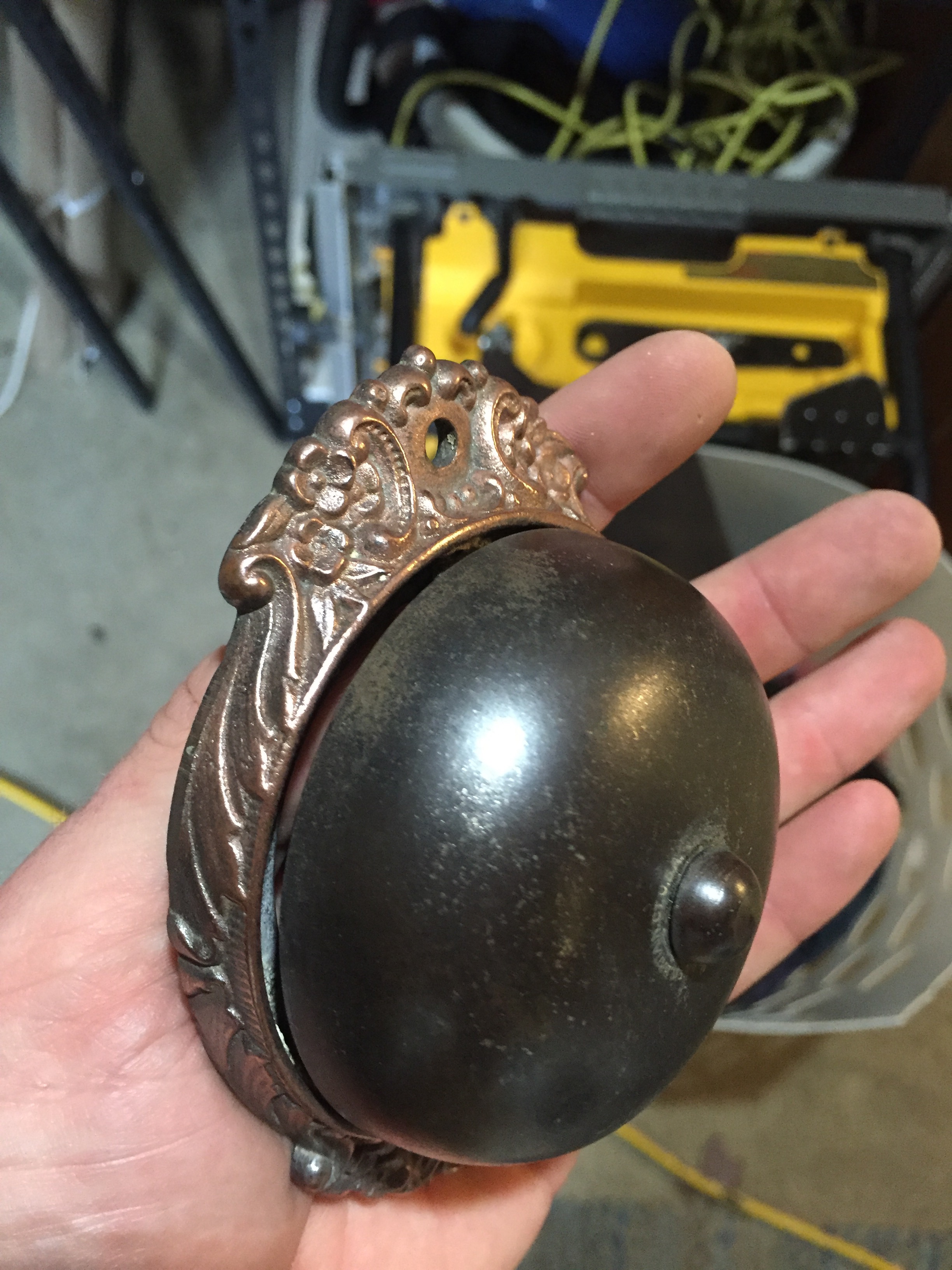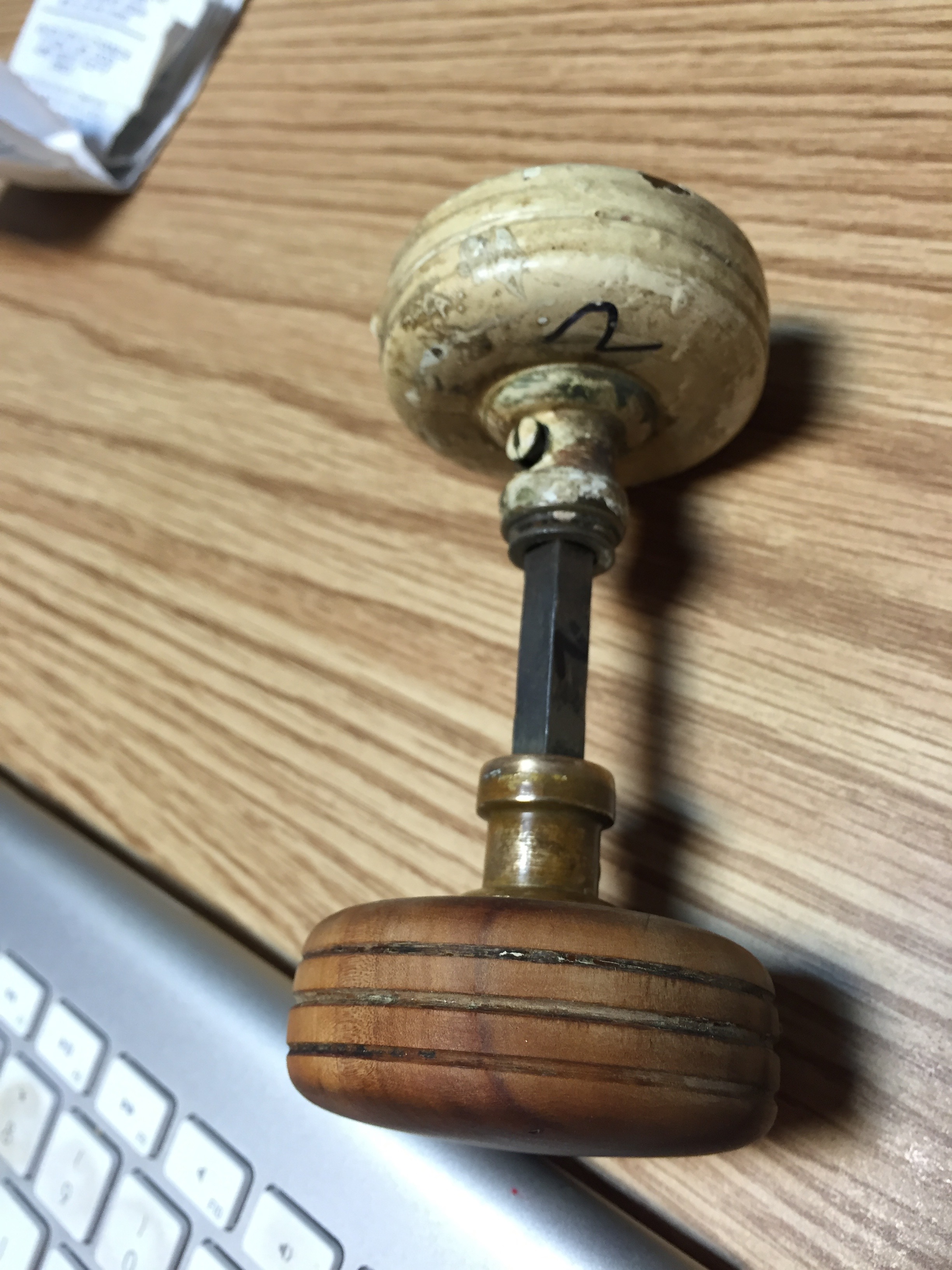Ready to learn a skilled craft in a sustainable trade? Historic Preservation is a growing field with more need than ever to preserve and restore our historic buildings and homes. Logan Restoration and Contracting is a family-owned business specializing in historic window and door restoration and historic home energy efficiency. We help homeowners preserve the original character of their home while making the most environmentally sustainable choice to save their windows and doors.
We are seeking a full time technician to perform various tasks relating to historic restoration and home weatherization. The ideal candidate works well on a team to complete tasks on schedule with a high attention to detail. The ideal candidate is curious and takes pride in their work. Weekday schedule available from 30-40 hours per week. On the job training provided!
Click here to see the full job description and apply on Indeed today! We look forward to hearing from you.



